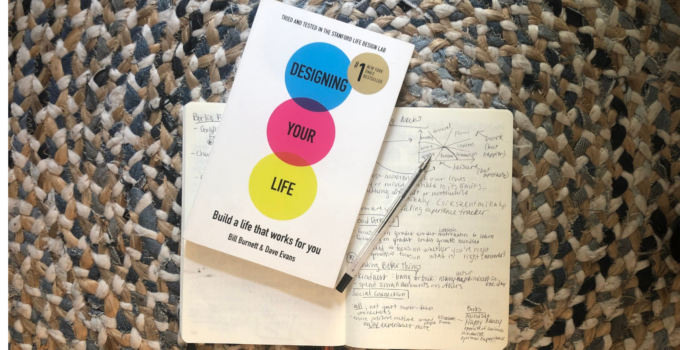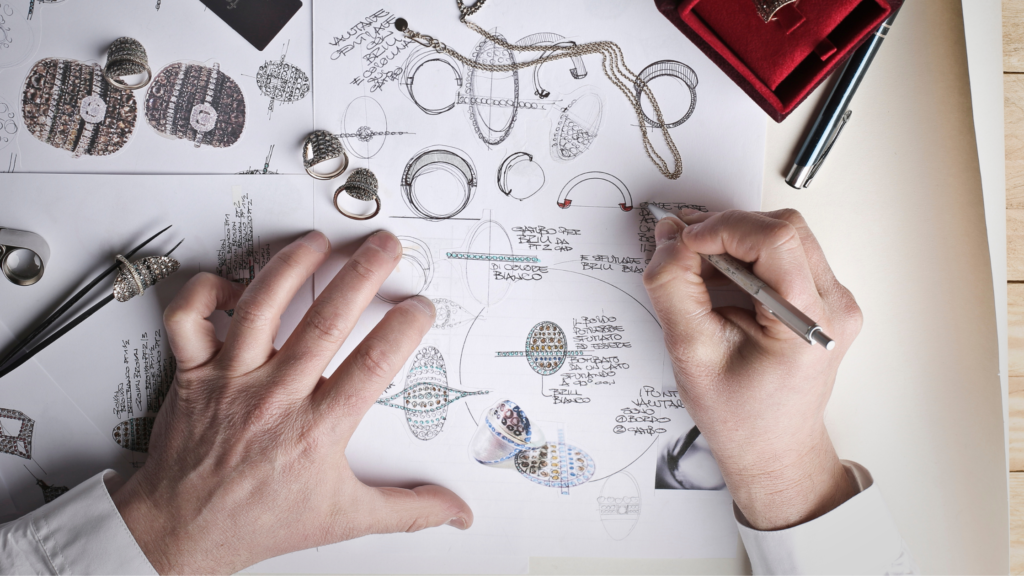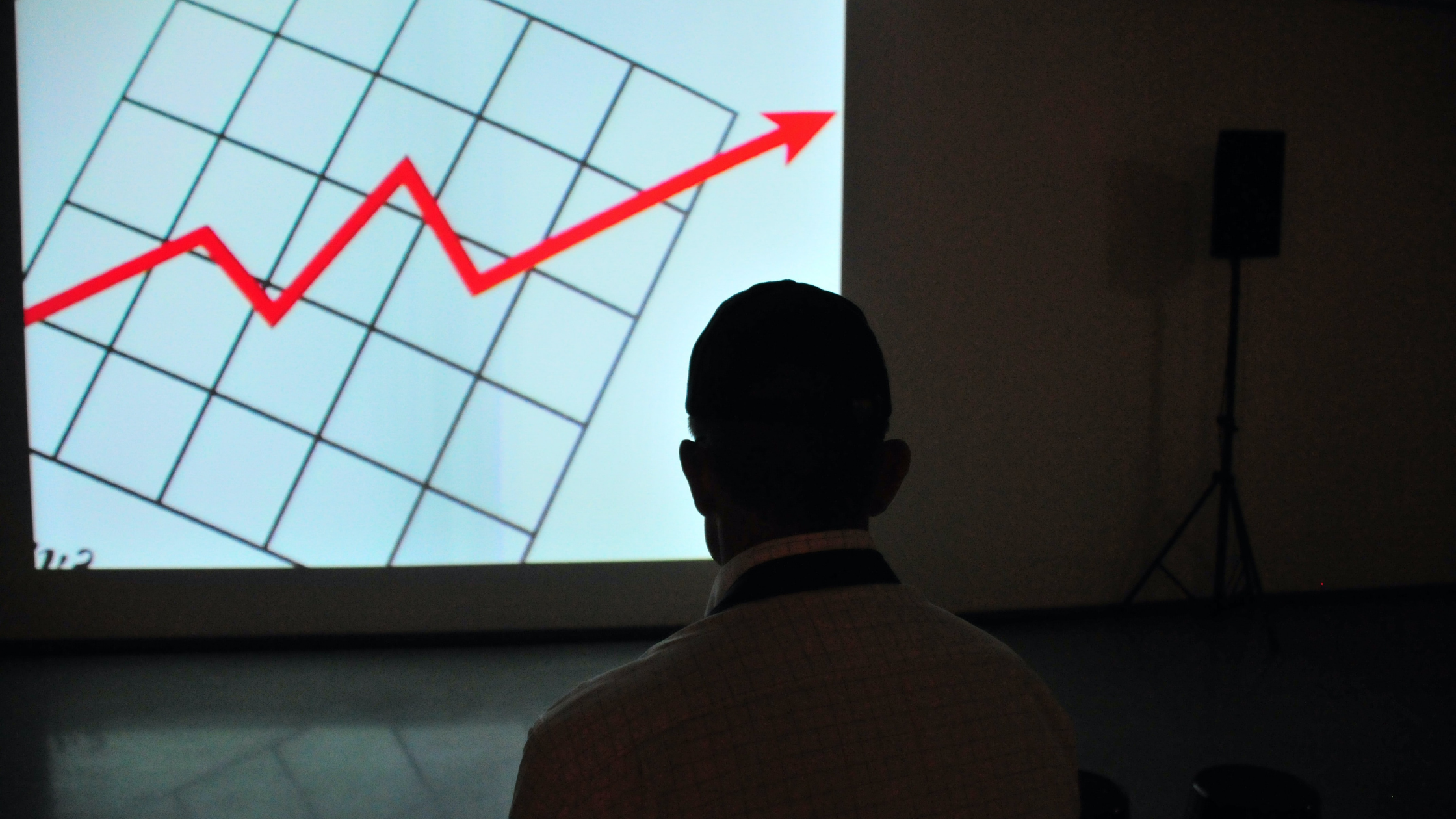Do you ever wonder if you’re working the right job? Do you dream of doing something completely different? Do you even know what that would look like? I think we’ve all felt stuck at some point in our jobs. Bad days are normal, but once they start stacking up, it might be time to think about a change. But what should that change look like? Might I suggest Designing Your Life?
Designing Your Life
Designing Your Life, written by Bill Burnett and Dave Evans, leads the reader through a variety of design-thinking exercises in order to develop an idea of the best life for them. The authors are involved with Stanford’s design program, the d.school. They bring years of experience with design thinking to the table. In this book, they break the design process into manageable steps that allow people to quickly adopt the mindset.
Design Tools
The backbone to the book is introducing five design tools the reader will use throughout the book. The five tools are:
Be Curious: because you’ll never learn anything new if you don’t question what’s already there
Try Stuff: there’s no way you’ll know if you like things or not unless you try them
Reframe Problems: reframing is a powerful tool, and the authors help by stating and reframing common dysfunctional beliefs
Know It’s a Process: this is a workbook to help you design your Perfect Life, but the process isn’t linear
Ask for Help: you’ll never design your perfect life without input, since other people will challenge your biases and bring surprising ideas to the table – you won’t be able to design your life without some radical collaboration
The Process of Designing Your Life
The book walks you through a series of exercises that build on each other to help you build your ideal life. It roughly follows the design thinking process, which involves immersing yourself in the current state of things, defining the exact problem, brainstorming new ideas, then testing the best ideas out.
First, you build a picture of your current life based on a Health/Work/Play/Love Dashboard. Then, you build yourself a life compass using your Workview and Lifeview. After that, they introduce the concept of wayfinding (choosing a direction without knowing the exact destination) via the Good Time Journal exercise.
At this point, you have a pretty complete idea of the current state of your life. From that, you know which parts of your life you should work on emphasizing. Next, you start the brainstorming process by using Mind Mapping and creating Odyssey Plans.
Now that you have a bunch of individualized ideas for your life, they walk you through Prototyping. After that, they spend a few chapters on skills such as job hunting, creating your dream job, and choosing happiness.
The final section of the book has tips for creating failure immunity in your search for your dream job. It also has how to build a team to support you through the process (remember what I said about asking for help?).
Takeaways from Designing Your Life
I think Designing Your Life is a great reference book to have on your shelf. Anytime you feel disgruntled with your life, rather than making moves on the first idea that comes to your head, you can be methodical and create a BUNCH of ideas to choose from. Then, you can narrow down and prototype so you don’t find yourself jumping headfirst into a new life that won’t solve the issues you’re currently having.
But I have two big takeaways that live in my head after reading this book through several times (and sharing the activities with friends over the years).
#1: Your life isn’t all bad
I love that this book starts with an assessment of your life NOW. While it would be easy to focus on the deficits that are found in that assessment, the Good Time Journal activity is meant to discover the parts of your life that you actively enjoy. I think this is the key to what makes this book different from a lot of self-help books. It’s not about filling some undefined hole in your life. It’s about finding what you enjoy about your life and designing ways to do more of it.
This ties in with what I learned in the Well-Being Coursera [LINK]. In that class, I learned that one thing that brings satisfaction in work is the amount of time that you spend in flow. The Good Time Journal has you track flow and whether an activity energizes you or not. By guiding you to amplify those moments in your life, they’re really setting you up to be happy in your newly-designed life.
#2: It’s all iterative
A great point that the authors make is that your life is always shifting. You’re changing, your environment is changing, so there’s no reason why your dreams should be a fixed point. If, instead of settling on one fixed dream for your life, you lean into life as an adventure of constant creation, you’re going to find much more satisfaction.
This actually aligns with some of what I’ve read about financial independence and early retirement. A lot of retirees find themselves suddenly dissatisfied, unaware until the moment of retiring of how much of their self-worth they’d put into their career. Hell, I’ve gone through those exact emotions in the past two years here in Berlin. But working on shifting your mindset into constantly designing your life will help squash those feelings.
Summary
Designing Your Life is a great workshop-in-a-book for anyone feeling stuck or unsatisfied in their life. I ended up buying it because I knew I’d want to come back to the exercises at different times in my life. But it’s worth a readthrough, if only to reframe some deeply-ingrained problems in life.




